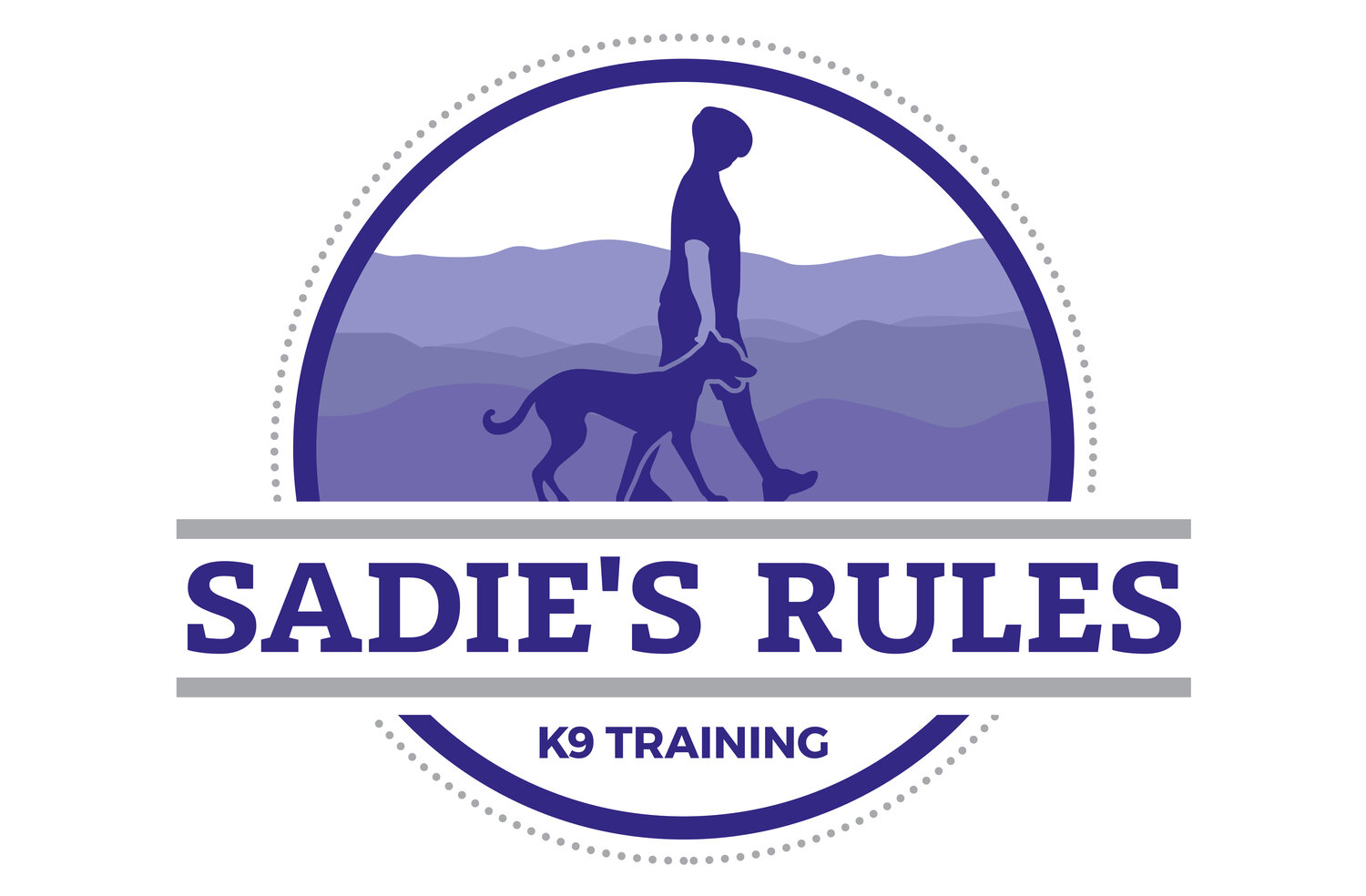Below is a collection of our housebreaking, crate training and overall puppy training videos to assist you with your efforts. We’ve also included a breakdown of the key points of housebreaking. Housebreaking and crate training go hand-in-hand, so if you haven’t prioritized crate training yet, now is definitely the time! I hope this helps with your puppy.
Housebreaking a Puppy (or Adult Dog)
I created a 4-video YouTube playlist called How to Housebreak a Puppy. (Yes, this process works for adult dogs, too!) I strongly recommend watching all videos the whole way through as there are many key tips and tricks shared in the videos that are not written out in this post, but here is a breakdown of the key points of housebreaking:
The key is to use the crate to limit the puppy’s ability to free roam in your house. Free roaming is strictly off limits until the housebreaking issue is resolved. If the puppy is roaming, the puppy is 100% guaranteed to use the bathroom inside.
The crate needs to be appropriately sized—just big enough for the puppy to stand up, turn around and lie down comfortably, but no bigger. If it’s too big, the puppy will gladly pee in the back and sleep in the front.
Potty breaks need to be on the leash.
Take them to the same exact spot to potty every single time. Do NOT do a “potty walk.” If you’re taking your puppy for a walk and they happen to potty, that’s totally fine. But do not get into the habit of walking your puppy during potty breaks. Potty breaks and walks are different. In order to successfully housebreak, your puppy needs to associate pottying with a SPECIFIC SPOT. If you’re always walking them to potty, they won’t be looking for the specific spot, and they may conclude that indoor areas also have appropriate spots to potty.
Track EVERYTHING — food, water, pee and poop. What goes in must come out, so it's important to be aware of when the puppy will need to go. You'll need to shift your puppy to eating on a schedule if s/he isn't already. No free feeding or grazing. If your puppy doesn’t eat all of their meal in one sitting, then pick up their bowl and try again at the next meal time.
Start with frequent bathroom breaks and slowly space those breaks out as your puppy starts to get the hang of it. Stay on a schedule as much as possible. If you’re not tracking everything (see #5) you won’t know when to space out your potty breaks.
Be sure to meet your puppy’s exercise and interaction needs by providing them with engaged playtime (outdoors, if possible) and a walk every day. It's also best to burn some mental energy by working on training and impulse control exercises (there are tons of videos on how to teach basic commands with food rewards on YouTube if you need them!). You can use their daily kibble as food rewards.
Crate Training a Puppy
As I mentioned above, housebreaking and crate training go hand-in-hand. Puppies (and adult dogs) not only need potty breaks at regular intervals, but they also need to be prevented from pottying in the house, which means they cannot roam around freely (or they'll just find a place to pee).
The crate is critical for limiting their activities in the house. Puppies are also kind of like toddlers in the sense that if they don't have enough naps and down time, their behavior just gets out of control! Naps and down time are best done in the crate where there are no decisions to be made. This means you've got to stick through the crate whining in the beginning of the crate training process. It's tough, but it's a must.
Video #2 in the housebreaking series includes an important discussion of addressing crate whining/crate shenanigans, but here are two other resources that share important information and tips on this subject:
Stick it out with the crate - Q&A clip on the importance of crate training
Puppy crate time convo - this is actually an Instagram post, but if you scroll through the slides of this mock-text message conversation, it explains why to prioritize crate time and how to know if your puppy is getting enough crate time or too much crate time.
I hope these resources are helpful as you move forward with your housebreaking and crate training efforts! If you are in the Virginia area and you would like some help with your puppy, check out our 14-day puppy program (for puppies 12-18 weeks of age). If your puppy is older than (or approaching) 6 months of age, check out our comprehensive e-collar board & train program.

